Those acquainted with the 80s Hi-Fi scene, know that SL-P200 was bottom of the range. It was so cheaply made that the ~3Kg iron case warped under its own weight if handled single-handed. Add the specific Technics problems to the mix and you've got an unfortunate recipe. The market was like a sponge for such CD players back then and Technics were competing other brand names on this price range. Units that survived the urge to crush them like a can of soda are sold for pennies nowadays and people still buy them for the increasingly rare SOAD70A optical mechanics. I got mine for its case matching my silver, early 80s Technics system.
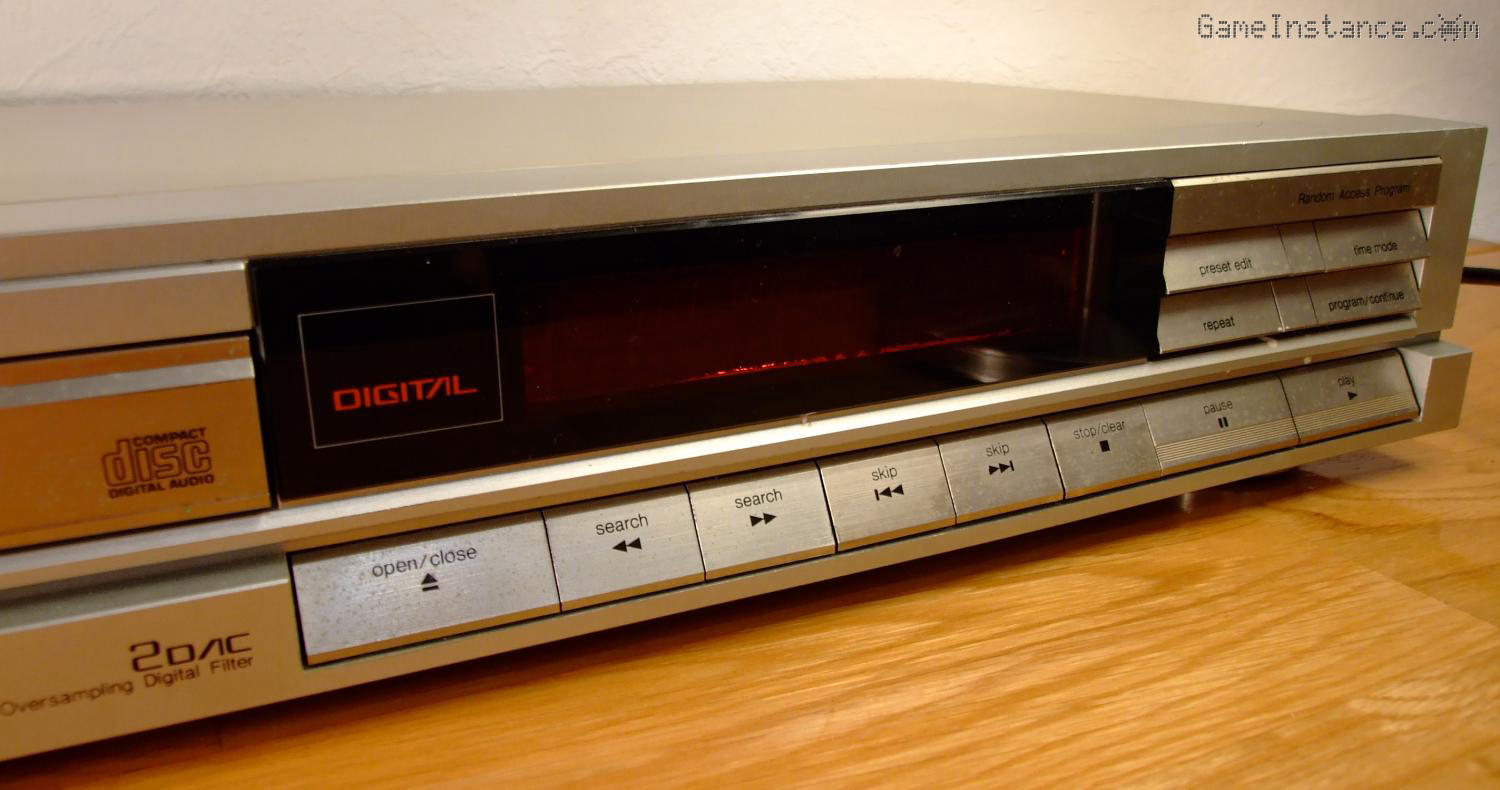
The model didn't even had its own service manual. From the references found inside, it shared the same design with SL-P230, being a stripped-down version of SL-P250 which also had a remote control. Specs are unimpressive at best, 94dB dynamic range, 96dB S/N ratio, 0.006% THD @1kHz and no mention about channel separation.
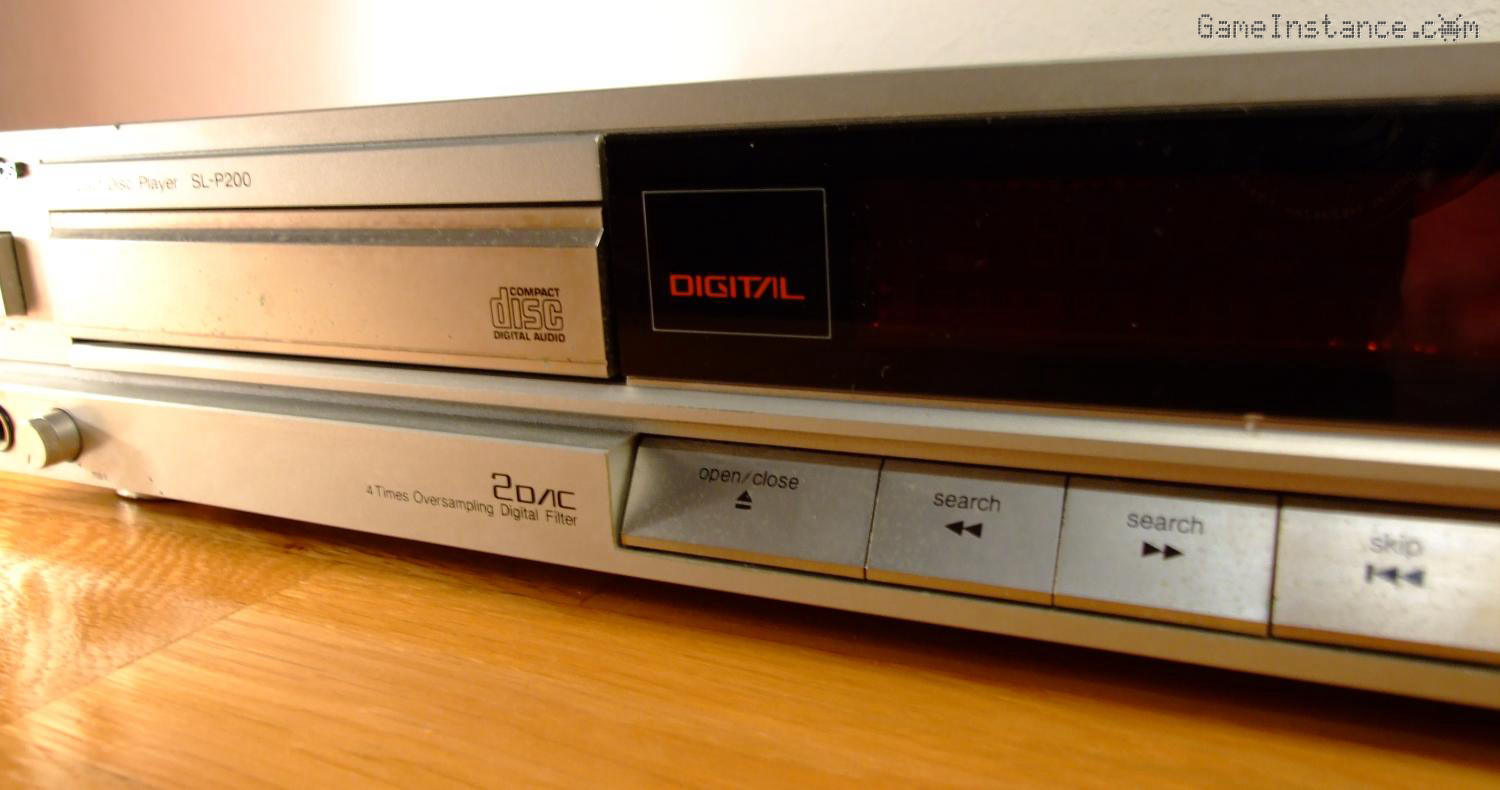
The case was slightly bent inwards upon arrival, as expected, and some of the plastic clamps holding the face to the body were snapped off, luckily still dangling inside the case. The metal plated plastic buttons were affected by some etching substance as they had stains that wouldn't wash away. It had dents and scratches but nothing that would make it physically unappealing ... when looked at from the front. Overall, still a good compromise solution for the plans I had.
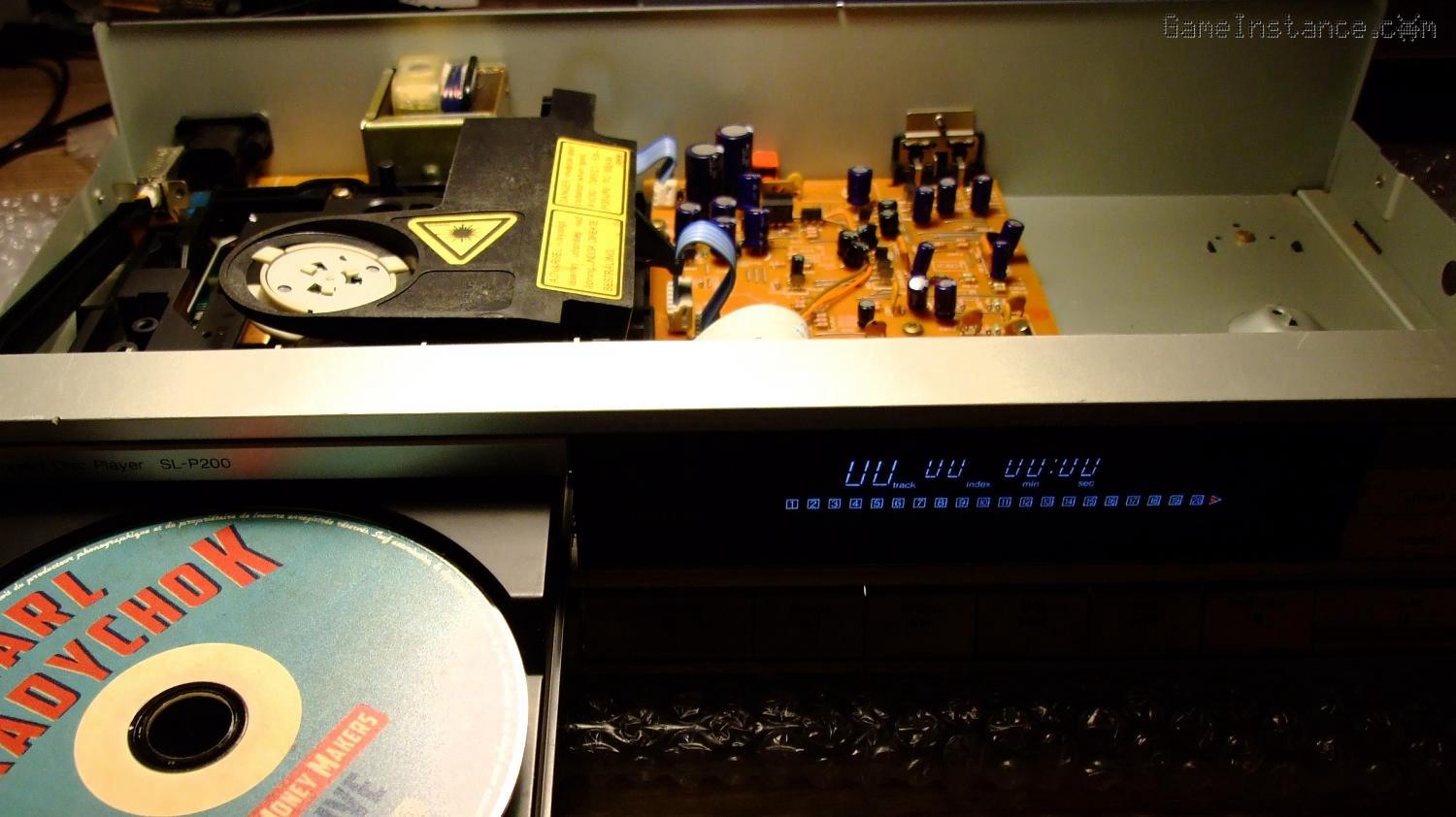
I removed the lid for a look inside before powering it up and, aside from the thin layer of dust and the broken plastic guides, nothing seemed out of the ordinary. Disks that were detected spun increasingly faster but never played. This happens when the player tries, but doesn't succeed, to cope with play buffer overrun. Couldn't help checking the obvious, first one being the laser lens which looked hazy and untouched since assembly.
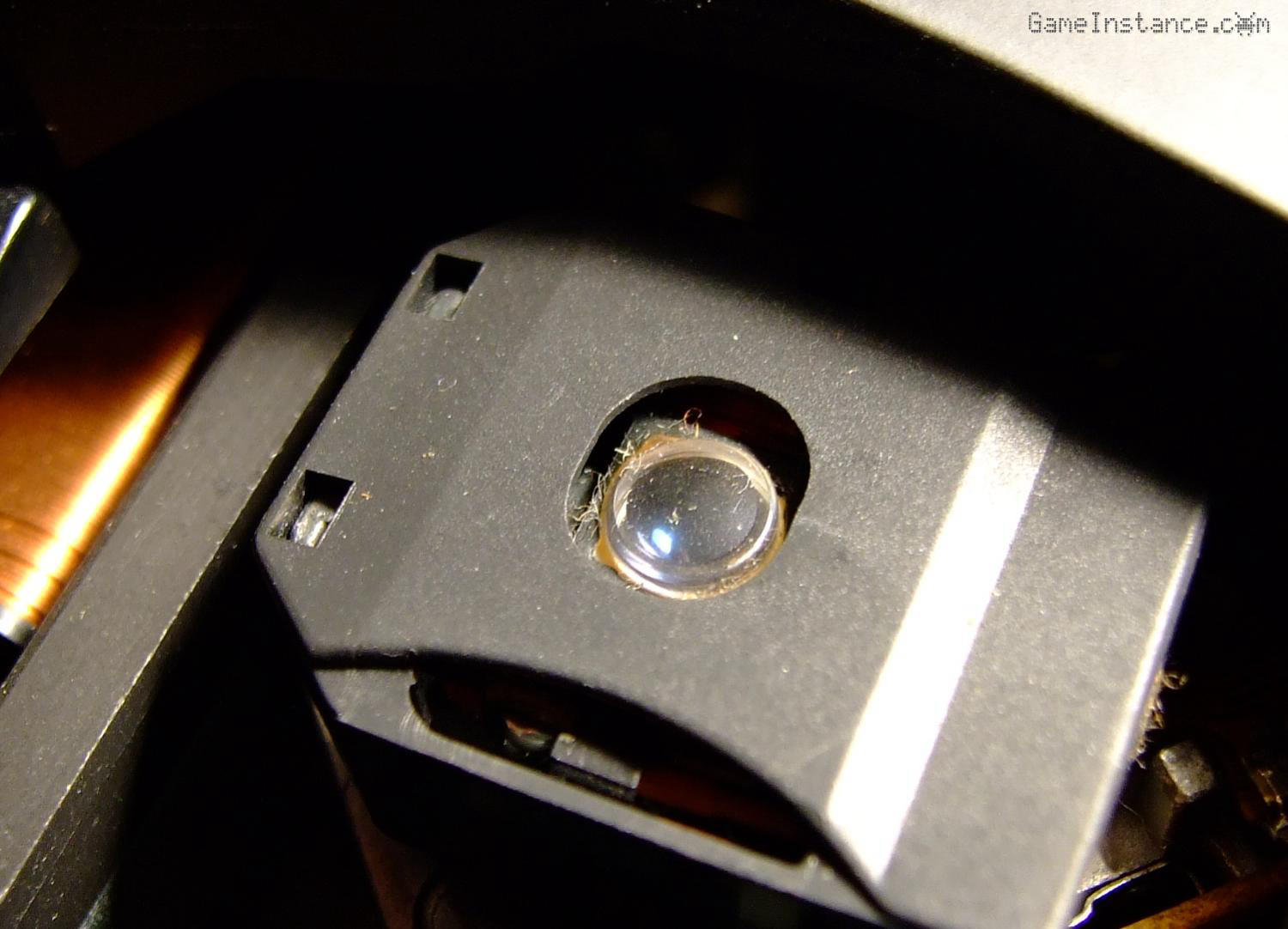
Used a mild soapy solution with one end of a cotton bud to wash it and the other end dipped in clean water to rinse it. Situation changed drastically as disk TOC was picked-up almost instantly and tracks played with occasional grinding noises.

It turned out that the magnetic linear actuator coil core attracted iron debris. Removed all that and applied engine oil (finest lube I had) on the guiding rails to smoothen the movement along its axis. Playback seemed well at this point and so I went ahead and connected my headphones to the front panel jack.
Wow! The details, the massive sound stage and all this from an unassuming low-end player. At this point all I wanted was to revive this piece of equipment and dig out my CD collection.
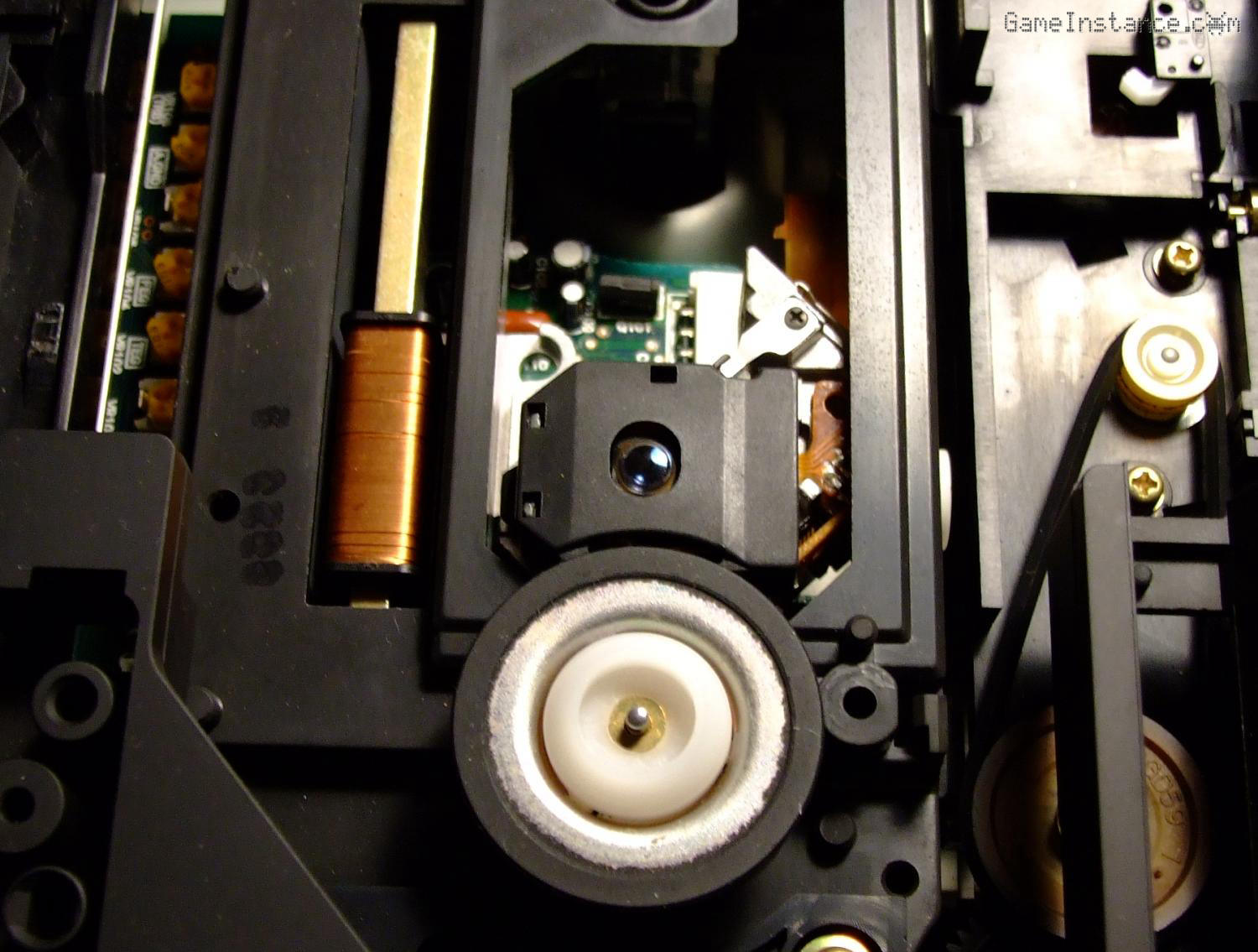
The tray was opening and closing well even if the rubber belt stiffened-up in a position in which it must have stayed for years. I blowed pressurized air and dusted-up in and around the mechanics, continued cleaning the main board, the operation panel, the button, well ... all of it. Epoxied back the broken plastic pieces and reassembled it.
Connected it to the system and, suspense, surprise: no sound!
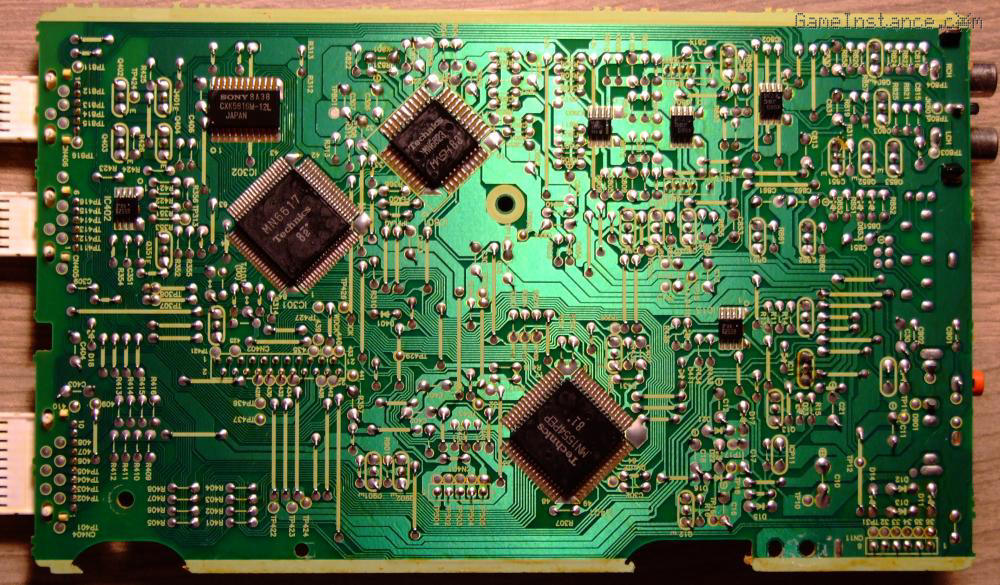
Took it apart once again to investigate the main board. Aside from a bulged capacitor near one of the digital ICs, nothing seemed bad. Since the headphones output worked, the player was OK but for some reason there was no output on the back. Checking the SL-P250 service manual circuit didn't lead to any suspects. Looking closely to the connector I observed what's known as cold joint at the output connector.
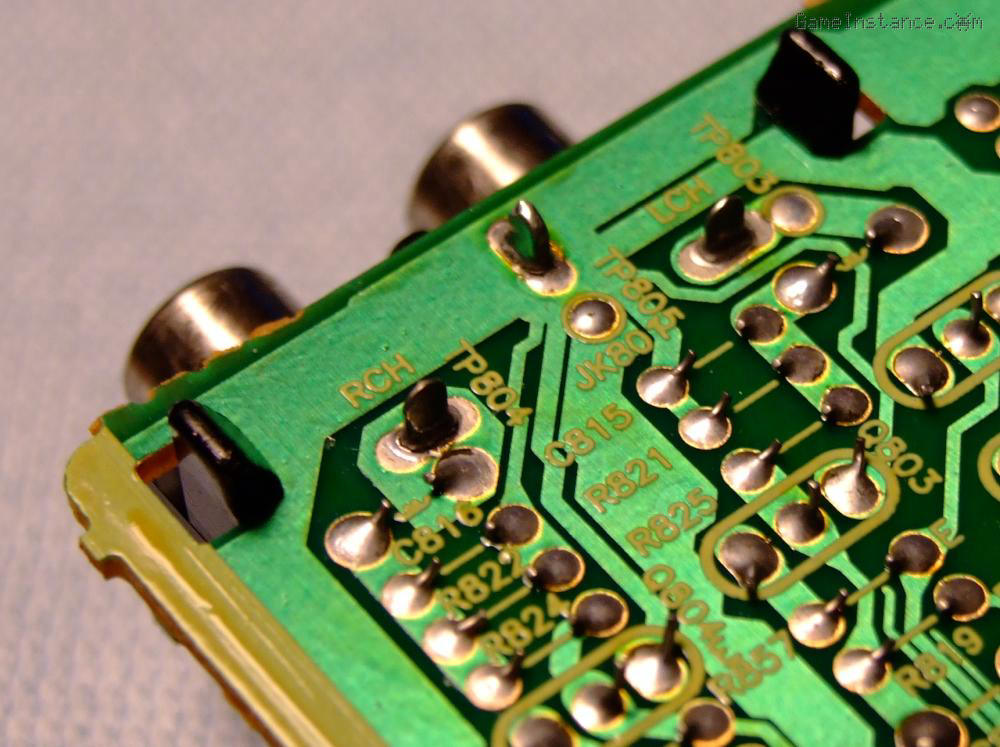
No doubt the solder mix was the main problem but the case wobbliness and handling the RCA jacks on the back panel have contributed to the connector coming loose from the PCB. The cold joint isn't quite visible with the naked eye, so here's a close-up.
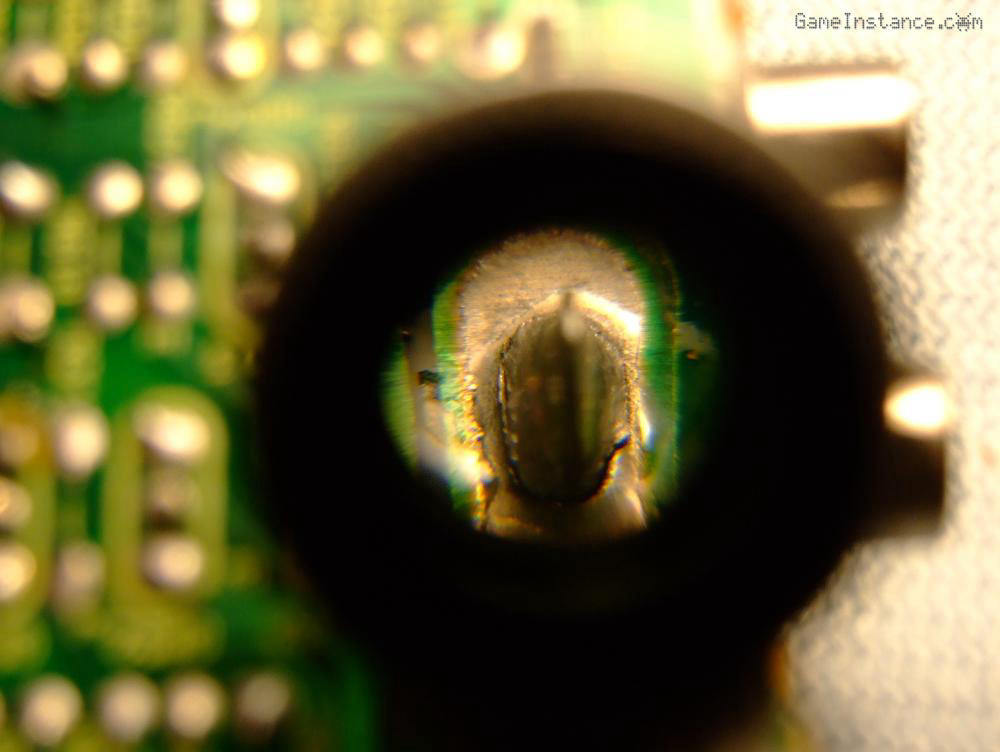
Soldered everything that may have been subjected to mechanical stress, replaced the bulged capacitor while at it and, once again, reassembled the unit.
Here it is stacked below the SU-Z65.
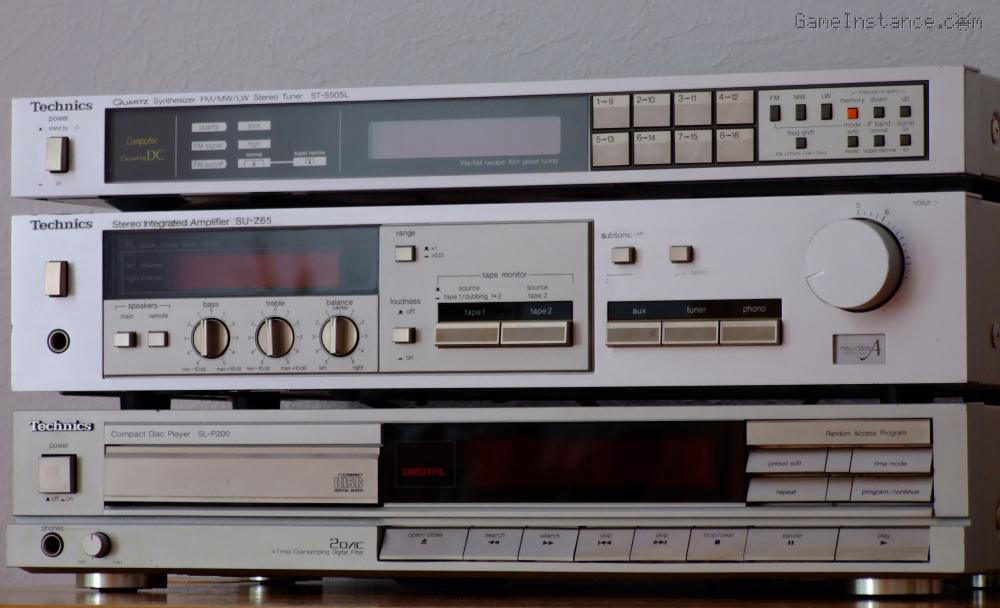
A keen eye will notice the tint difference; plastic will never come close to anodized aluminum. What you won't pick from the photo is that the player is few millimeters narrower that the others in stack. Either plastic shrinked in time or the mold that shaped them was messed-up. Anyway, that matters less.
My plan was to get a nice matching case for an unassuming media server. However, that has long changed since the electronics that came with the said case is now working and sounds unexpectedly well. There is still enough space inside for the circuitry I was thinking of adding. All I need is to make the two coexist and behave like an 80s device.